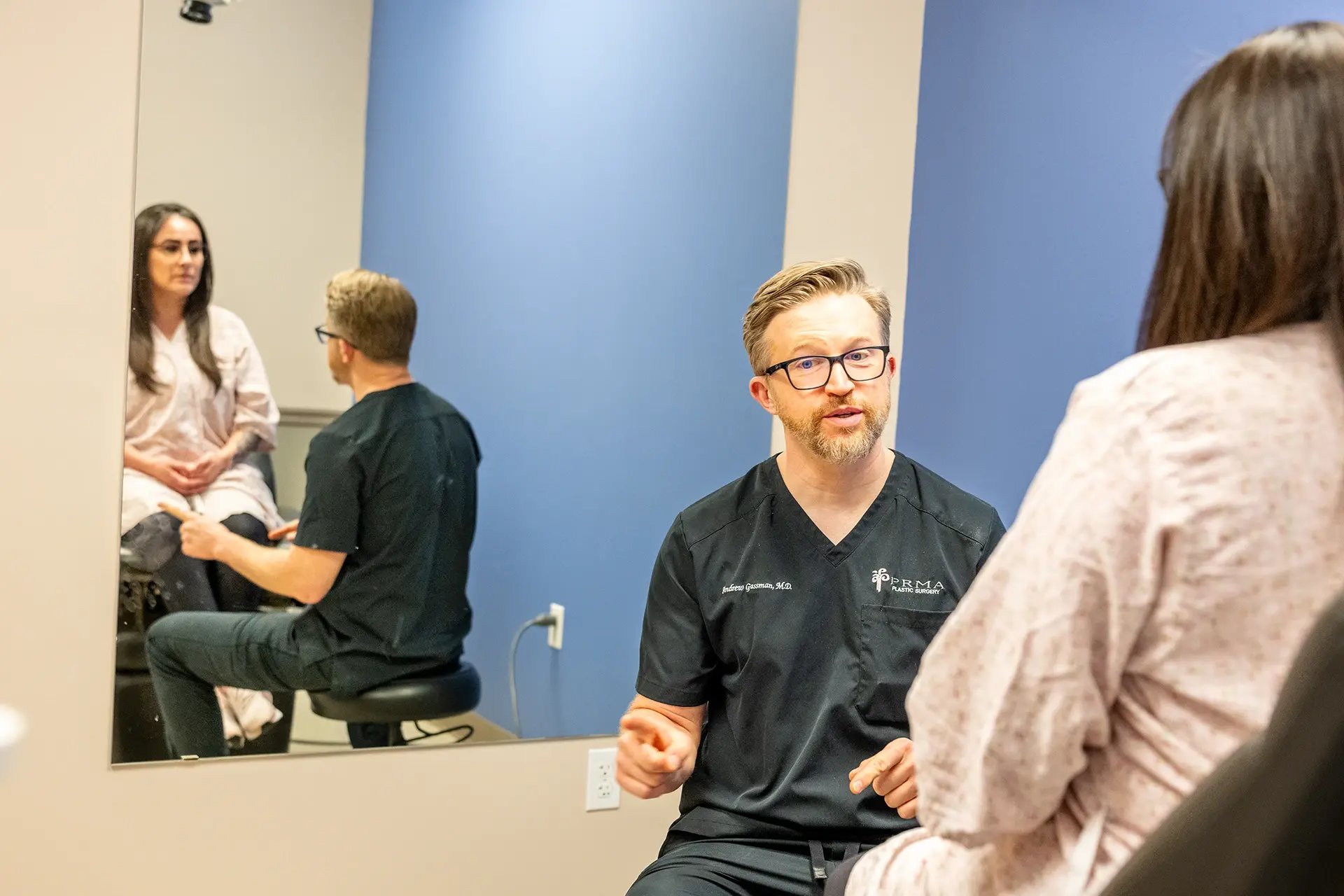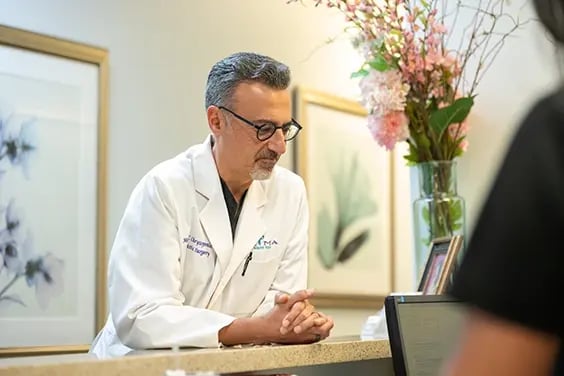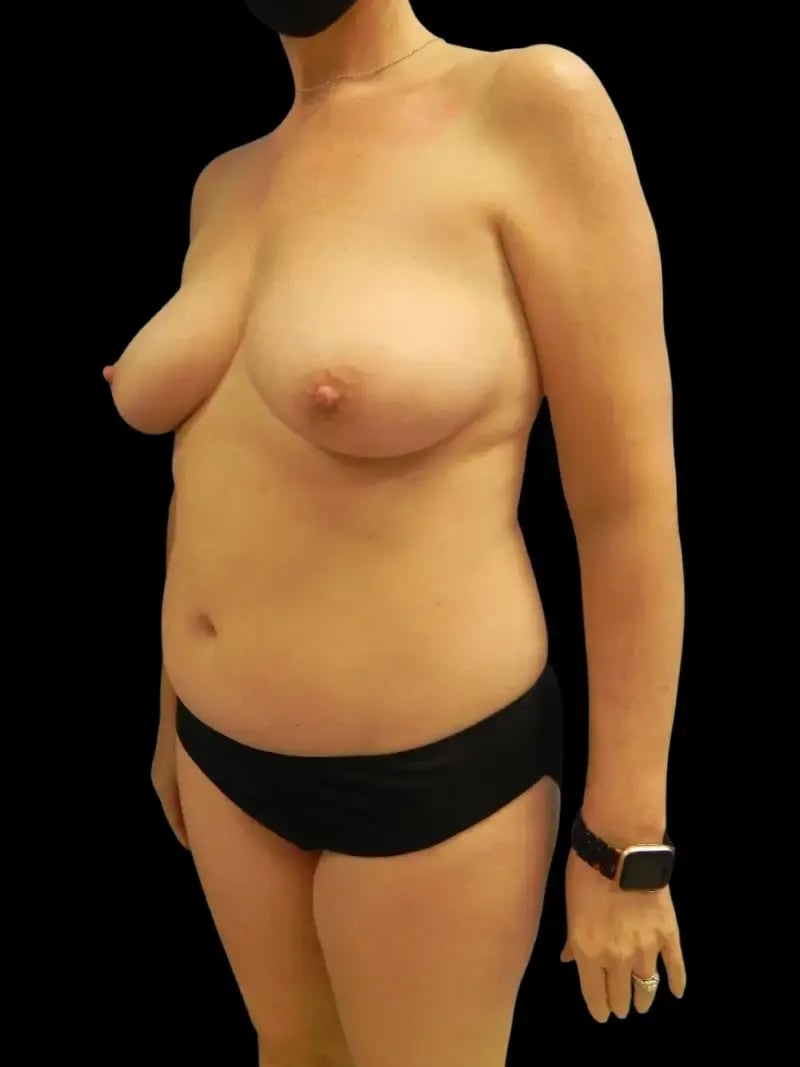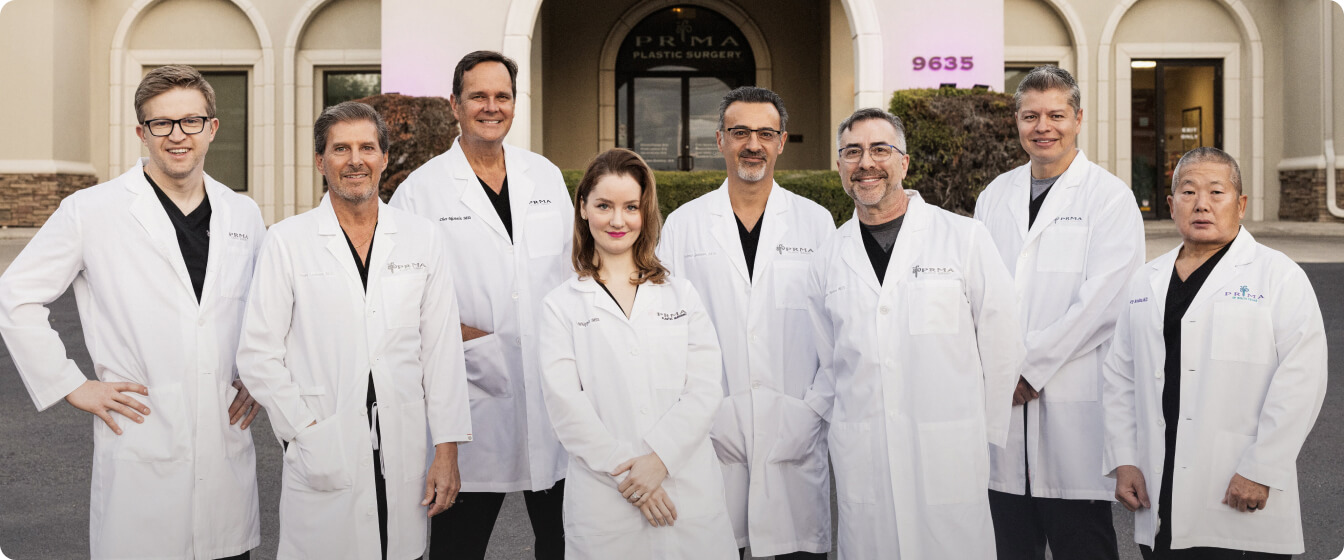
Vascularized Lymph Node Transfer
What is a Vascularized Lymph Node Transfer?
For many breast cancer survivors, lymphedema is a frustrating, lifelong reminder of their journey, marked by swelling, discomfort, and daily disruption. Fortunately, there’s advanced surgical options like Vascularized lymph node transfer (VLNT)—a highly specialized procedure designed to restore natural lymphatic function and provide long-term relief.
A vascular lymph node transfer, also known as a lymph node transplantation, involves transferring healthy lymph nodes, along with their blood supply, from one part of the body to the affected area. This microsurgical technique helps reestablish lymphatic drainage pathways and reduce swelling, making it especially beneficial for patients who haven’t responded to conservative lymphedema therapy.
Key Information
Common donor sites include the groin, abdomen, or neck, which are carefully selected to avoid causing swelling in the donor area.
What to Expect During Surgery
Under general anesthesia, your PRMA surgical team will begin by carefully selecting and removing a group of healthy lymph nodes—most commonly from the groin, abdomen, or neck—along with their tiny blood vessels. These donor nodes are chosen with precision to avoid any risk of causing lymphedema in the area from which they’re taken.
Next, the team transfers these lymph nodes to the affected arm or chest area where lymphedema is present. The surgeons meticulously reconnect the blood vessels using advanced microsurgical techniques to ensure proper circulation. This reconnection allows the transplanted nodes to become a functional part of the new location, improving lymphatic flow and reducing swelling.

Before & After








Recovery Timeline
-
Week 1:After a vascular lymph node transfer, patients typically stay in the hospital for 2–3 nights, where they are monitored closely to ensure the transferred lymph nodes receive proper blood flow. During these first few days, mild to moderate swelling, bruising, and fatigue are common.
-
Week 2:By the second week, most patients return home and continue healing with light walking and minimal activity. You’ll likely still feel tired, and donor site discomfort may persist. Continue wearing compression garments as advised, and avoid lifting or strenuous tasks.
-
Week 3-4:Energy levels typically improve by the third and fourth week post-surgery, and most patients can return to non-physical work or basic daily routines. While swelling may still be present, discomfort steadily decreases. Depending on your surgeon's recommendation, you may begin light stretching or physical therapy.
-
Week 5-6:Your follow-up visit will assess healing and initial results. Many patients begin to notice reduced limb heaviness or slight improvements in swelling. Any lingering tightness or soreness typically resolves by this stage. Some can return to more normal activities with caution.


The Nation’s Destination for
Sensation Restoration
Am I a Candidate for a Vascularized Lymph Node Transfer?
Like any surgery, not every patient is an ideal match for vascularized lymph node transfer. Several factors—including your overall health, stage of lymphedema, and previous treatments—help determine if this option is right for you.
You may be a strong candidate for vascularized lymph node transfer if:
- You have moderate to severe lymphedema that hasn’t improved with therapy or compression alone
- You’ve had lymph nodes removed due to breast cancer treatment
- Your lymphedema has persisted for 6 months or longer
- You’re in generally good health and a non-smoker (or willing to quit)
- You’re seeking a long-term solution rather than symptom management
- You’re open to surgical intervention, and the recovery process involved
Find Your Surgeon
Will Insurance Cover a Vascular Lymph Node Transfer?
The insurance specialists at PRMA work closely with patients and insurance providers to verify coverage and maximize benefits.
For more information, visit [Insurance FAQs] in the patient resource center.

Preparing for Surgery
Learn more about:




